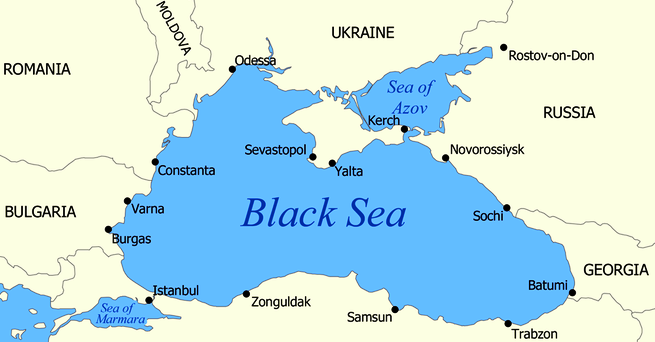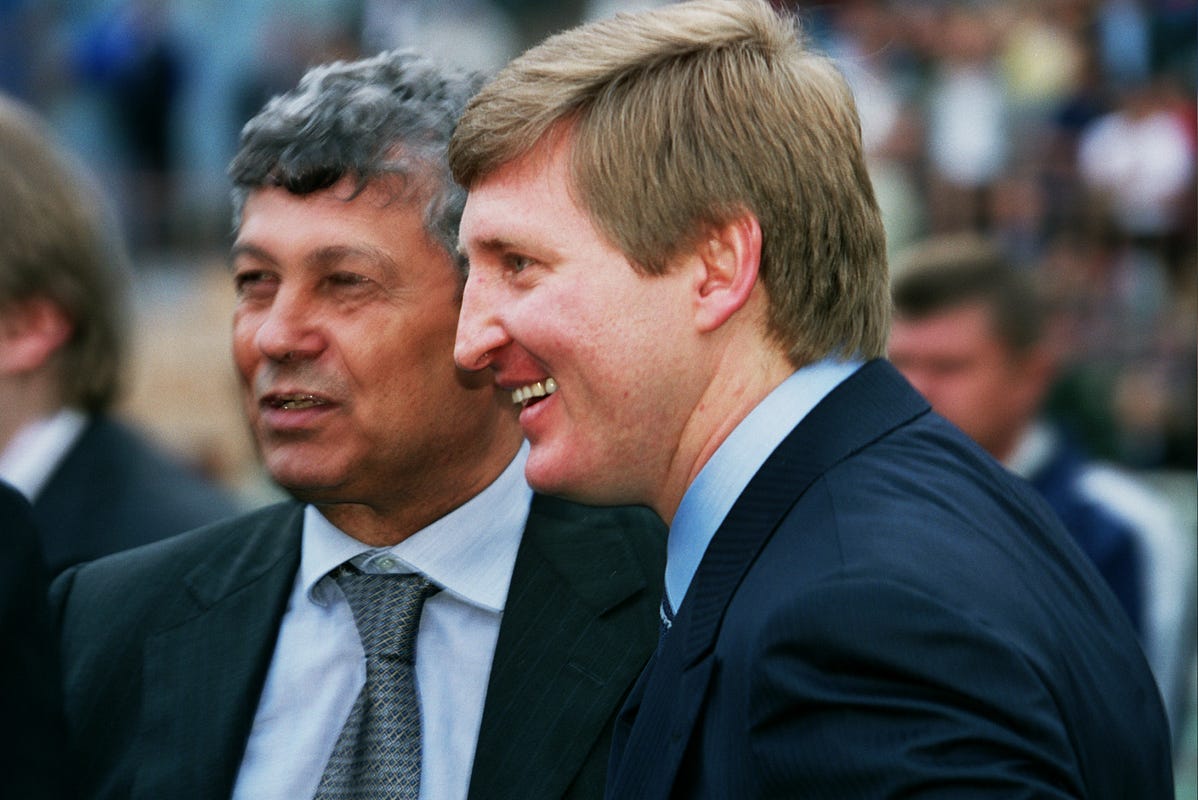It was good to know that after a long hibernation the state had woken up to the acute water problem. But it did seem that to make up for this long neglect the state now wanted do it with a big bang or with one great leap forward.
When the Bharatiya Janata Party’s election manifesto was released it was most notable for the emphasis on big projects like a hundred new urban centres and a high-speed rail network. If the money can be found, this will no doubt give the economy the big push it badly needs. Hence thinking along these lines needs to be sustained and encouraged. India needs a big push to put it on the rails again. But we must also be mindful of the long-term ecological consequences of big projects and do more rigorous cost benefit analysis. We often embark on big projects without much thought or on the prodding of institutions like the Supreme Court, which even when least knowledgeable, arrogates the right to dictate policies to the Executive. One such project is the project to link all our major rivers.
This is a Sangh Parivar favourite and I am quite sure the nation will once again set out to undertake history’s greatest civil engineering project by seeking to link all our major rivers. It will irretrievably change India. If it works, it will bring water to almost every parched inch of land and just about every parched throat in the land. On the other hand if it doesn’t work, Indian civilisation as it exists even now might then be headed the way of the Indus Valley or Mesopotamian civilisations destroyed by a vengeful nature, for interfering with nature is also a double-edged sword. If the Aswan High Dam turned the ravaging Nile into a saviour, the constant diversion of the rivers feeding Lake Baikal have turned it into a fast receding and highly polluted inland sea ranking it one of the world’s greatest ecological disasters. Even in the US, though the dams across the Colorado have turned it into a ditch by the time it enters Mexico, Nevada and California are still starved for water. I am not competent to comment on these matters and I will leave this debate for the technically competent and our perennial ecological Pooh-Bahs.
But the lack of this very debate is cause for concern. It is true that the idea of linking up our rivers has been afloat for a long time. Sir Arthur Cotton was the first to propose it in the 1800s. The late K.L. Rao, considered by many to be an outstanding irrigation engineer and a former Union minister for irrigation, revived this proposal in the late 60s by suggesting linking the Ganga and Cauvery rivers. It was followed in 1977 by the more elaborate and gargantuan concept of garland canals linking the major rivers, thought up by a former airline pilot, Captain Dinshaw Dastur. Morarji Desai was an enthusiastic supporter of this plan. The return of Indira Gandhi in 1980 sent the idea back into dormancy, where it lay all these years, till President A.P.J. Abdul Kalam revived it in his eve of the Independence Day address to the nation in 2002. It is well known that Presidents of India only read out what the Prime Ministers give them and hence the ownership title of Captain Dastur’s original idea clearly vested with Atal Behari Vajpayee and Suresh Prabhu, was its moving spirit.
That India has an acute water problem is widely known. Over 60 per cent of our cropped areas are still rain-fed, much too abjectly dependent on the vagaries of the monsoon. The high incidence of poverty in certain regions largely coincides with the source of irrigation, clearly suggesting that water for irrigation is integral to the elimination of poverty. In 1950-51, when Jawaharlal Nehru embarked on the great expansion of irrigation by building the “temples of modern India” by laying great dams across our rivers at places like Bhakra Nangal, Damodar Valley and Nagarjunasagar only 17.4 per cent or 21 million hectares of the cropped area of 133 million hectares was irrigated. That figure rose to almost 35 per cent by the late 80s and much of this was a consequence of the huge investment by government on irrigation, amounting to almost `50,000 crores. Ironically enough this also coincided with the period when water and land revenue rates began to steeply decline to touch today’s nothing level. Like in the case of power, it seems that once the activity ceased to be profitable to the state, investment too tapered off.














